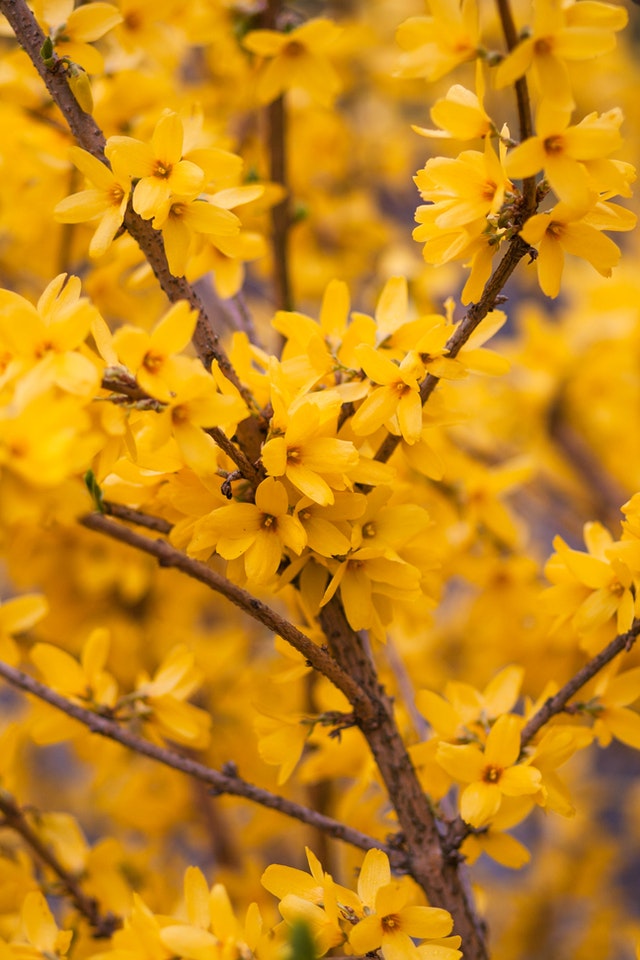6 October 2021
Plant your spring-flowering bulbs any time from late September through November. Fertilize spring-flowering bulbs when you plant them. Dig a hole about two or three times as deep as the bulb is wide as measured from the bottom of the bulb to the top of the bed. That means smaller bulbs will be planted more shallow. Space larger bulbs about 4 or 6 inches apart and smaller ones about 1 or 2 inches from each other. By planting in clumps or irregular groupings, you will have a more pleasant display in the spring.
Plant garlic cloves in October for next summer’s harvest. The larger the clove, the bigger the resulting head of garlic. Plant individual cloves point up and spaced 6 inches apart and 1 to 2 inches deep. Water in well and mulch to conserve soil warmth and encourage good establishment.
Fall is the traditional time to divide Peonies. Though peonies can be left in place indefinitely, many gardeners wish to increase their plantings and use a process known as division to accomplish this. Peonies are essentially dormant by mid-August even though the foliage is still green. The first step in division is to remove the foliage. Then dig out the entire plant. Shake and wash off as much soil as possible so that the pink buds or “eyes” are visible. Peony roots are tough, and a sharp knife is needed to cut the roots into separate pieces. Make sure each division has three to four buds. Make sure the location chosen for planting receives at least a half-day of full sun. However, the more sun, the better. Space the plants so that there is at least 2 feet between dwarf types and 4 feet between the standard types. Keep in mind, however, that peonies often take about three years to return to full bloom and size after division. Plant divisions like you would plant new plants.

August through September is the time period our spring-flowering shrubs set flower buds. Therefore, watering, as needed, at this time can help with next spring’s bloom. Examples of spring-flowering shrubs include Forsythia, Flowering Quince, Almond, Beautybush, Deutzia, Pyracantha, Lilac, Mock Orange, Cotoneaster, Weigela, Viburnum and Witchhazel.
Prepare your roses for winter protection. After a hard freeze and most of the foliage has dropped from your bushes, remove the debris to reduce diseases next season; prune canes to 24 to 36 inches to prevent winter breakage, and mound soil, leaves or mulch 8 to 10 inches around the canes. After the ground has frozen, add 4 inches of mulch. More soil may be spread on top of the mulch to keep it in place. Do not add the mulch before the ground freezes or critters may invade and feed on the roses over the winter.
Mulch over any of your spring bulbs and perennials. Alternate freezing and thawing in the winter months can cause perennials to “heave”. Heaving is the plant being forced upwards out of the soil that can cause root damage and exposure of the plant’s crown to the rude winds of winter and cold temperatures.
